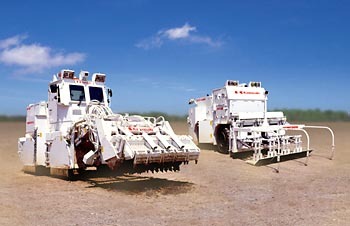A portion of the Indonesian coelacanth video shot several weeks ago has been made public.
The news report states that while more than 200 coelacanth finds have been documented off the coast of southern Africa, only 4 of the Indonesian variety had ever been confirmed before the Aquamarine Fukushima team caught theirs on video last month. According to the group's coelacanth web page, the researchers this time were able to capture a total of 7 coelacanth on video during the period from May 30 to June 5, as follows:
- May 30 (8:00 to 9:00 AM): Successfully videotaped an Indonesian coelacanth off the northern coast of Sulawesi, at a depth of 170 meters in 17 degrees Celsius water. Length of video is 5 to 10 minutes.
- May 31 (approx. 7:30 AM): Videotaped 2 more coelacanth in the same cave where the first coelacanth was videotaped.
- May 31 (approx. 10:00 AM): Videotaped another coelacanth in a different cave located at a depth of 180 meters.
- June 4 (approx. 6:40 PM): Videotaped 3 coelacanth over the span of 2 hours at a depth of 150 meters in the same area.
Beginning July 13, Aquamarine Fukushima will hold a special exhibit dedicated to the mystery of the Indonesian coelacanth, featuring video of the fish shown on a 65-inch plasma screen. The exhibit will run for an unspecified period of time.
[Source: Aquamarine Fukushima coelacanth page]
UPDATE (July 1, 2006): You can see the same coelacanth footage in this news report in English, on YouTube.

 On June 21,
On June 21, 
 In an annual rite of spring, scientists in Japan carefully monitor the atmosphere for
In an annual rite of spring, scientists in Japan carefully monitor the atmosphere for